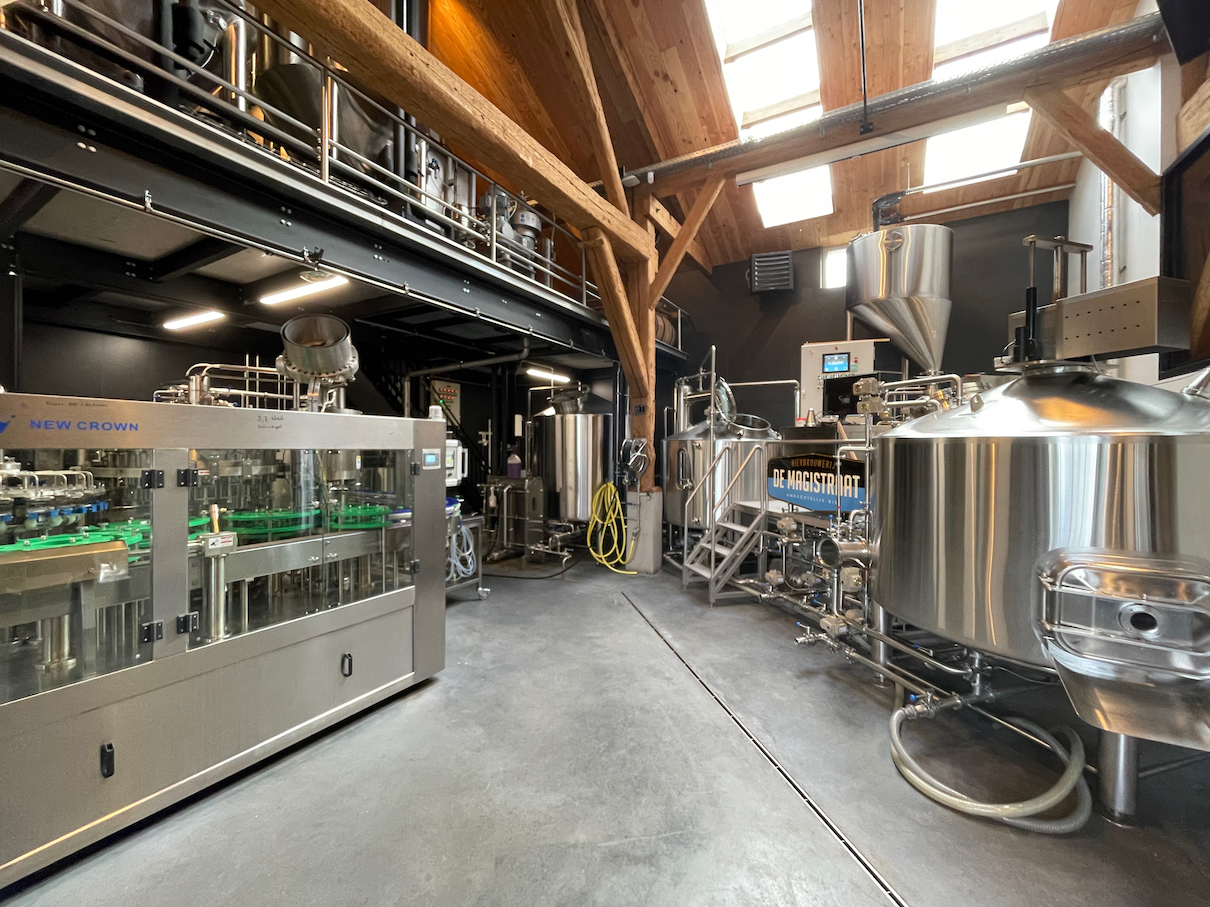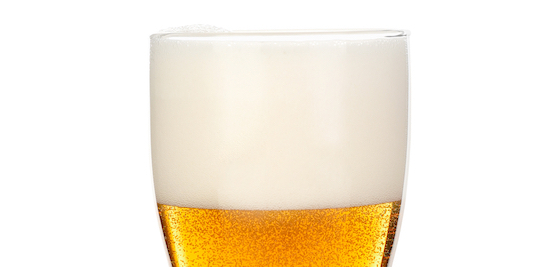Beer brewing
Prize-winning beers from our modern brewery in Almkerk
What beers do we make and why?
We make beers that we like ourselves!
Making beer is perhaps most similar to cooking. Knowledge of ingredients and the process are both important. When you then combine everything according to a recipe and follow the right steps, you have beer. Or food.Whether it is tasty, you find out only afterwards. And that is what we focus on right from the start. The choice of malts, hops, and yeast largely determines what the resulting beer will be. Searching for combinations and lots of tasting and adjusting ensure that we make and continue to develop the tastiest beers.
Clement, Hans Anton & LéonOwners
Our brewing installation
No good beer without thorough knowledge and good tools
We brew our beers in our 15 hectoliter (hl) brewhouse in Almkerk. With a fermentation capacity of 135 hl and a lagering capacity of 60 hl, we can brew beer on average twice a week.Each batch of beer is subjected to a number of tests before it is packaged. After all, life is too short to drink bad beer. Hans Anton and Léon, who are both internationally certified beer sommeliers, know this too. So if something is not right, they smell and taste it immediately.
We also regularly brew on behalf of other brands. Do you have a recipe or an idea that you would like to see brewed on a large scale, with your own label? Get in touch!

Ingredients of beer
What can you find in your glass?
01. Water
Every beer consists largely of water. Our beers are no exception to this. We use fresh tap water from Almkerk.
02. Malt
Malt is produced in the malt house. When barley or other grains are moistened, they begin to sprout. The enzymes in the germ convert the starch into sugar. Before this process is complete, it is halted by heating it. For light beers, the malt is only heated enough to dry it. For dark beers, malt that has been heated to a high temperature during drying is used. The sugars already present darken under the influence of amino acids and temperature. Coffee, chocolate, dried fruit are all flavors that can be achieved in the malt and the final beer with this process.
03. Hops
Hops provide bitterness and aroma to beer. In addition to the noble hop varieties, there are now a vast number of varieties, each with their own aroma, flavor, and bitterness. So, it's wonderful for creating beautiful beers!
04. Yeast
Yeast converts the sugar from the malt into alcohol and carbon dioxide. So, it's pretty important stuff. In addition, yeast contributes various flavors and aromas. Depending on the temperature during fermentation, it imparts (amongst others) spiciness or fruity aromas.
05. Spices
Occasionally, but really only occasionally, we also add spices to our beer. Actually, it's only in the case of De Heemraad, our wheat beer. Because that's where it belongs. Coriander and dried orange peel. If you don't put those in, it becomes more like a weizen. That's German. But still tasty.